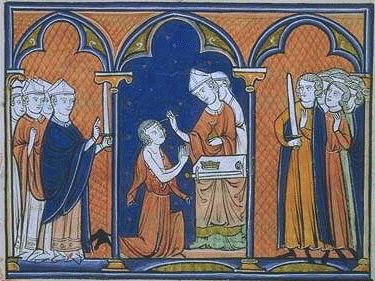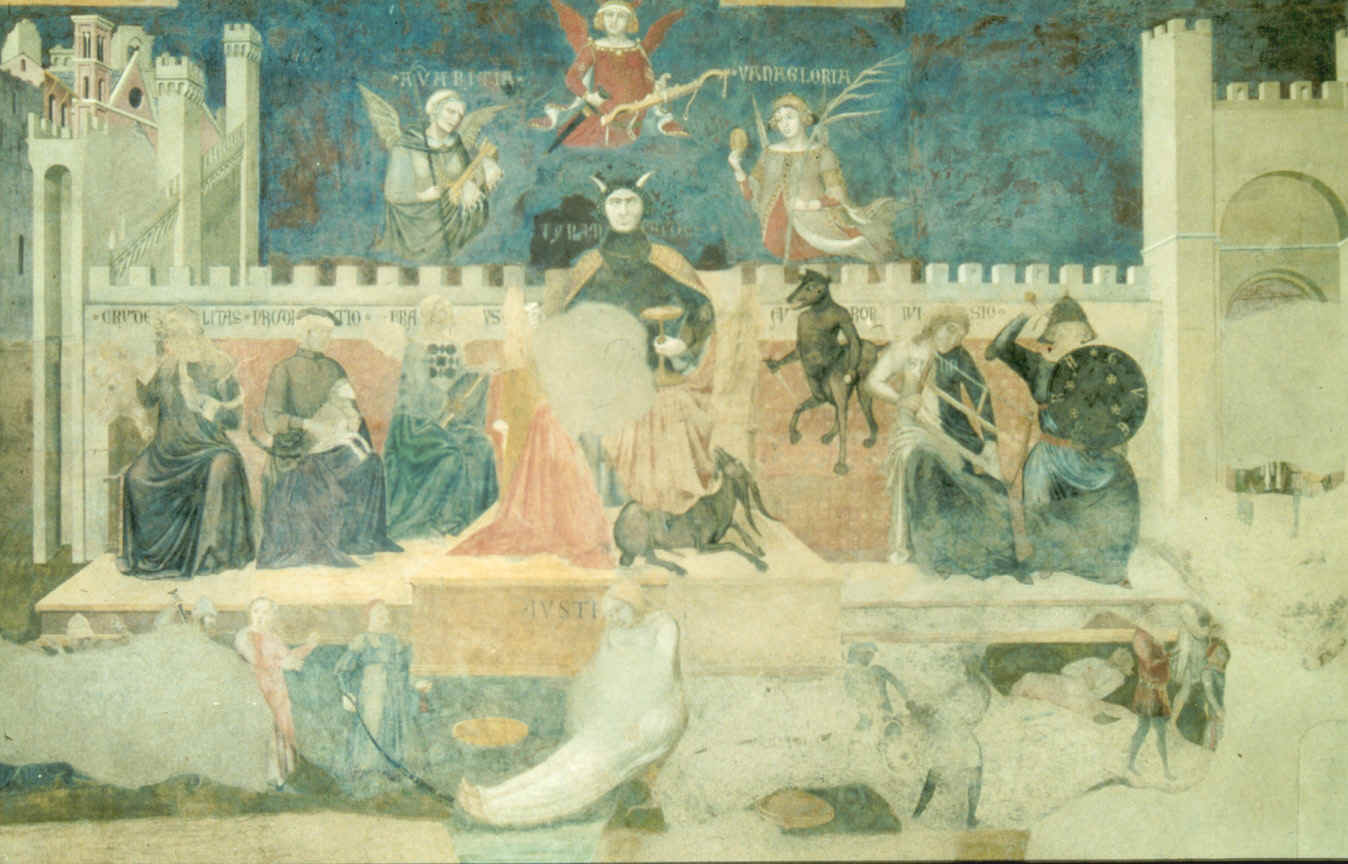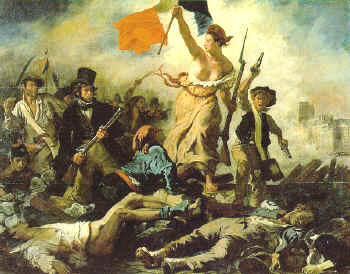
| Codification 1231 to 1900 | First Wave of Codification |
 |
Emperor Frederick II, Liber Augustalis 1231 |
| Pope Gregory IX, Decretales 1234 | |
| Pope Boniface VIII, Liber sextus 1298 | |
| Italian City States Brescia 1200, Bologna, 1245, Florence 1246, Genoa, 1143, Lucca 1224, Milan, 1216, Parma, 1276, Perugia, 1279, Piacenza, 1135, Pisa 1162, Siena 1250, Vercelli 1241, Verona, 1205, Viterbo 1237 |
Second Wave of Codification
 |
France: In the middle of the 15th century, there was a movement to codify customs. This was capped by a decree of Charles VII in 1453 --- an official compilation of the customs of the kingdom. |
| Although the customals were ordered at that time, most were not compiled until the 16th century. Each province of France then had a legal code. Customs no longer had to be proven in court. The customals were often revised with an eye to Roman law. | |
| In the sixteenth century, there were 60 general customals and 300 special customals. The official compilation of the customs was the beginning of the scientific movement. Lawyers began to extract general principles of French law -- which became known as the Common Customary Law of France. |
|
| The Customal of Paris became the most influential. But it did not cover all private law. Royal Ordinances became important in the 16th and 17th centuries. |
| The French Revolution | All attempts of the revolutionary assemblies to draft a code failed. Bonaparte appointe 4 men in 1800 to prepare a draft of a code. The final code was put into place in March, 1804. Had 2281 articles. The new code did not obviate old law, but only laws contrary to it. In 1807 it was given name Code Napoléon. |
 |
Three books divided into titles: I. Persons II. Property III. Ownership Sources: Coutume de Paris, Roman law, Royal Ordinances, Revolutionary laws. Later known as Code civil. |
| Austria: Codex Theresianus. 1766 Prussia: Allgemeines Landrecht für die preussischen Staaten 1794
|
|
| Bürgerliches Gesetzbuch (1900) =BGB |